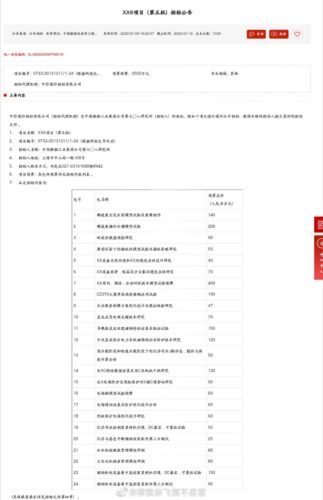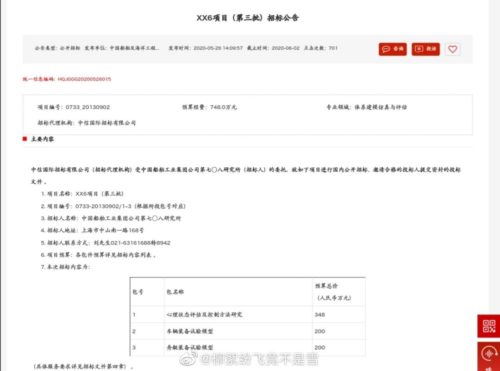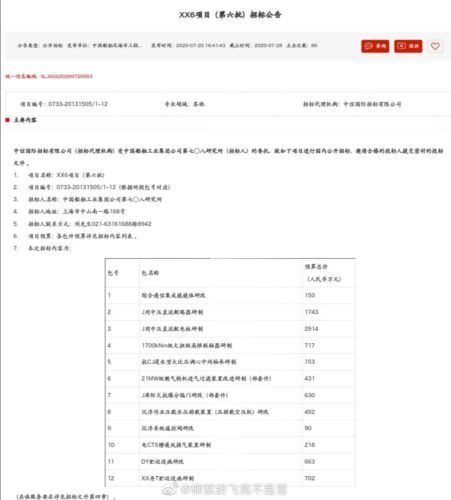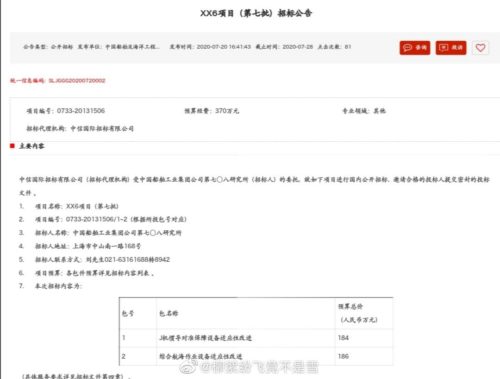A trove of tender documents from China State Shipbuilding Corporation’s (CSSC) 708 Research Institute has revealed plans for a Type 076 amphibious assault ship.

Royal Navy official photographer / Public domain
A total of seven documents were published, the first on May 19 and the latest one on Jul. 20. These documents revealed some interesting specifications for the warship. The military had tried to obfuscate the specifications by replacing certain keywords with alphabets representing romanization of mandarin – hangyu pingyin.
We can confirm the new vessel will be an amphibious assault as item 41 in the second document says 两Q攻击JHSH, which means 两栖攻击舰核生化 in mandarin.
Items 32 and 44 of the same document suggest the ship will have an Electromagnetic Aircraft Launch System (EMALS) – 电磁弹射. To produce the electrical power for the EMALS, the ship will be installed with 21 MW turbine engines and 6 MW diesel engines. This will feed a direct current electrical system – item 24.
Netizens speculate that an electrical-based arresting gear will be installed on the flight deck, based on items 56 and 57 in document one.
The ship could be carrying unmanned fixed-wing aircraft to use the onboard EMALS as there were mentions about it – 无人机 – in the documents.
The documents also mentioned about two decks – 双层甲板 – in item 59 of document one and unmanned aircraft deck – 无人机甲板 – in item 33 of document two. Item 31 of the document two mention the flight deck – 飞行甲板. While two decks could have meant a flight deck plus a vehicle deck, there is too little information from the documents to determine which hypothesis is correct.
An angle deck design was never mentioned in the documents, suggesting that the ship will have a straight deck. So having two flight decks could theoretically improve launch and recovery cycle of aircraft. This concept was pioneered on British Courageous-class aircraft carriers in the 1920s. The Japanese carriers of the same period – Akagi and Kaga – had three flight decks. The Americans had a catapult installed in the hangar of the Yorktown-class aircraft carriers instead.

U.S. Navy / Public domain
Having two flight decks negates the need for a long flight deck for aircraft to take off and land.






